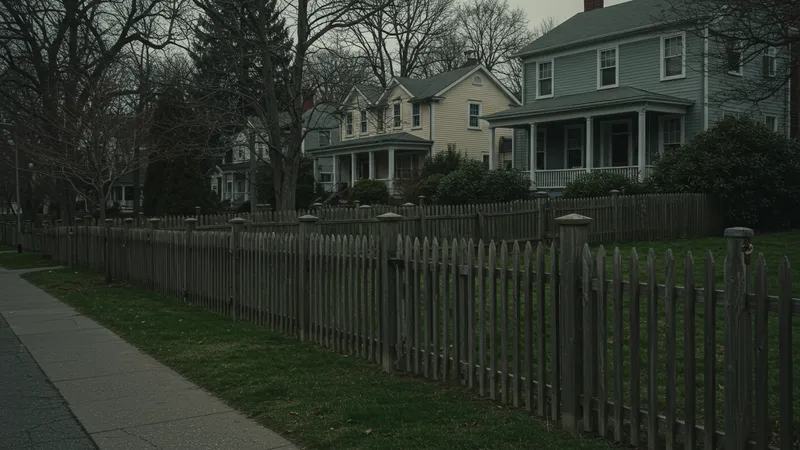
How To Select The Best Garden Fence For Your Needs
Local Regulations and Neighborhood Considerations for Fence Choices
Many U.S. cities and suburbs mandate fence height, style, and material—especially for properties with street frontage. Homeowners associations (HOAs) often specify approved fence colors and designs to maintain neighborhood uniformity. Ignoring such rules can trigger costly and time-consuming modifications, so it’s important to contact local zoning offices or review HOA covenants before finalizing a fence purchase or plan.

Historic districts and older neighborhoods frequently enforce stricter guidelines to preserve community aesthetics. In these cases, wood picket or wrought iron might be the only allowed materials, while newer developments might embrace vinyl or decorative steel. Researching nearby properties helps determine what’s customary, and seeking approval for unique designs avoids conflicts with neighbors or penalties from local authorities.
Regional wildlife, landscaping customs, and property slopes also influence fence selection in the United States. For example, higher fences might be necessary in rural areas with deer activity, while lower fences suffice in urban gardens with minimal wildlife concerns. Utilizing native plants and landscaping alongside fences creates natural transitions that satisfy regulations while enhancing beauty and utility.
Ultimately, the most successful garden fences reflect both the homeowner’s tastes and the requirements of their unique location. By staying informed and proactive, U.S. property owners select fences that stand the test of time. Combining careful planning, smart material choice, and respect for local rules ensures your garden boundary will delight and protect for years, providing enduring satisfaction and value.